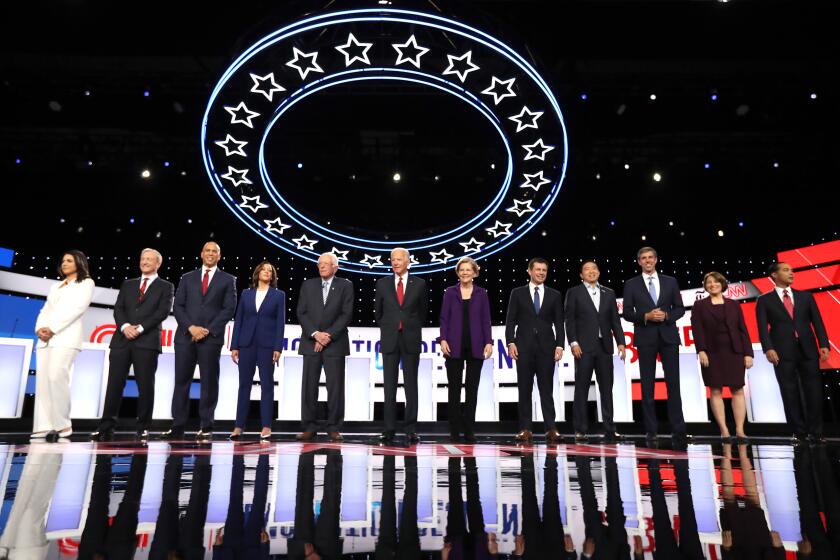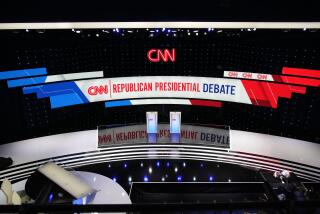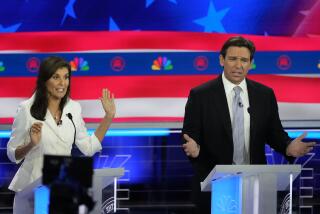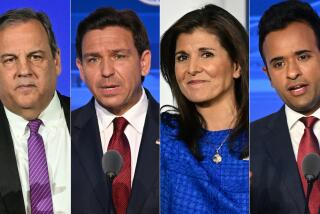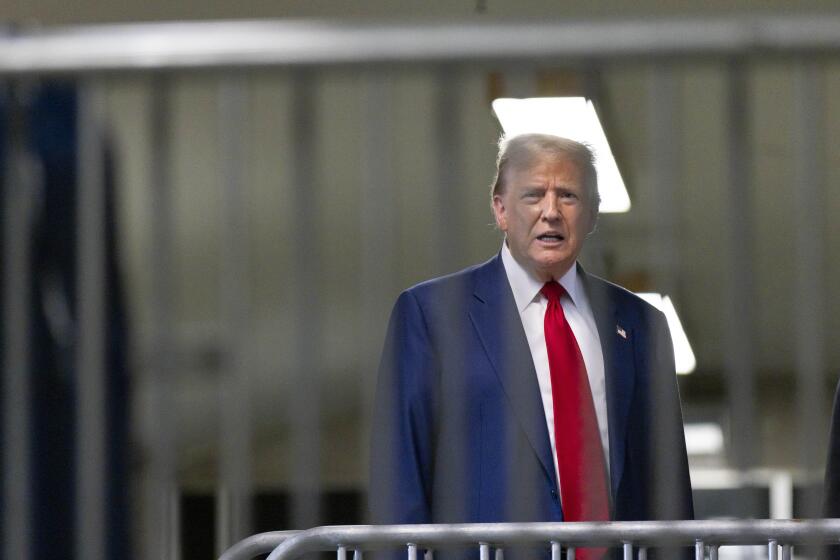The dirty little secret about covering a debate

Here’s the dirty little secret of covering a debate: Most of the reporters who travel hundreds of miles to write about them will never get into the actual debate room.
Tuesday marks the fourth presidential primary Democratic debate of the 2020 campaign. The 12 qualifying candidates will share the most crowded stage yet — at Otterbein University, a central Ohio liberal arts campus of brick buildings and shady trees that are now turning various shades of orange and red. The first two debates, which featured 20 candidates, were spread across two nights. The third was limited to 10 candidates.
The 12 top Democratic presidential candidates sharply criticized each other over healthcare, gun control and anti-trust policy on the Ohio stage where they met for the fourth Democratic primary debate.
Almost all of the working press here is siloed in a gymnasium filled with televisions blaring CNN, promotional banners strewn along the rafters, American flags, laptop computers, chattering reporters and brightly lit human cubby spaces used for televised live shots. This gym doubles as the spin room, a space for campaigns and candidates to assure reporters that this debate will make them the front-runner or to insist that their various gaffes won’t sink their chances of becoming president.
The actual debate is next door in a small, heavily secured arena. Media were allowed a brief tour but only if they could get through security at the designated touring time, hours before the debate was set to begin.
Logistics for these events are dizzying and impressive. The more bucolic the setting, the more bizarre the transformation — a phalanx of coastal media descending on a quiet Midwestern university. In the hours before the debate, many reporters file stories, eat snacks and schmooze with pollsters and political operatives. But there is also a sizable number of reporters filming “behind the scenes” segments — that show reporters typing stories, eating snacks and schmoozing sources.
Otterbein University has been turned into a fortress, with law enforcement officials restricting cars to far-off parking lots accessible by shuttle. A few local residents who made it on campus Tuesday took selfies next to one of the red CNN sculptures that was placed outside the arena.
Most of the students are on fall break but a few members of the women’s soccer team practiced on the field earlier Tuesday, behind a set of CNN tents. One of their practice goals had one of the three-dimensional CNN logos tucked behind it, a triumph in branding.
Debate organizers and television networks are well practiced at building these remote studios. But the bigger challenge will come when the debate begins, with 12 candidates vying for attention. It will be up to moderators from co-sponsors CNN and the New York Times to maintain a coherent narrative.
The rest of us will be watching from next door — eating snacks, texting sources and typing stories.
More to Read
Get the L.A. Times Politics newsletter
Deeply reported insights into legislation, politics and policy from Sacramento, Washington and beyond. In your inbox three times per week.
You may occasionally receive promotional content from the Los Angeles Times.

